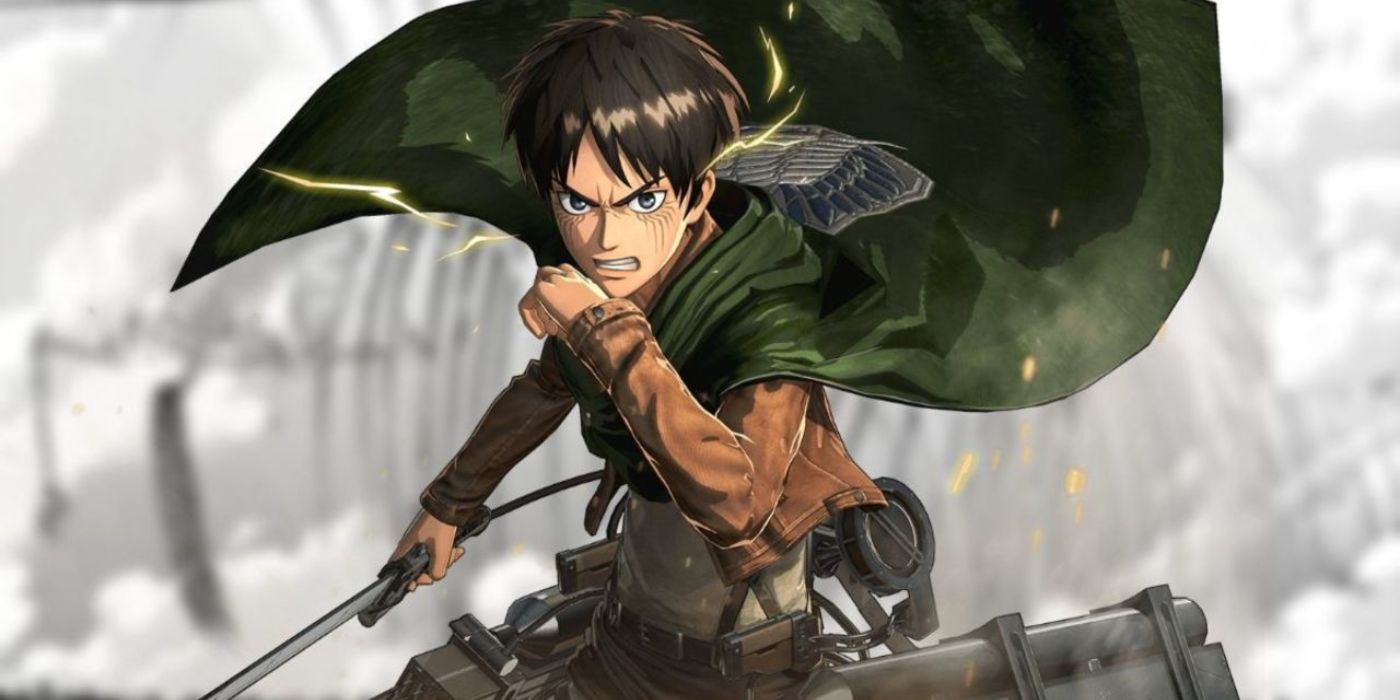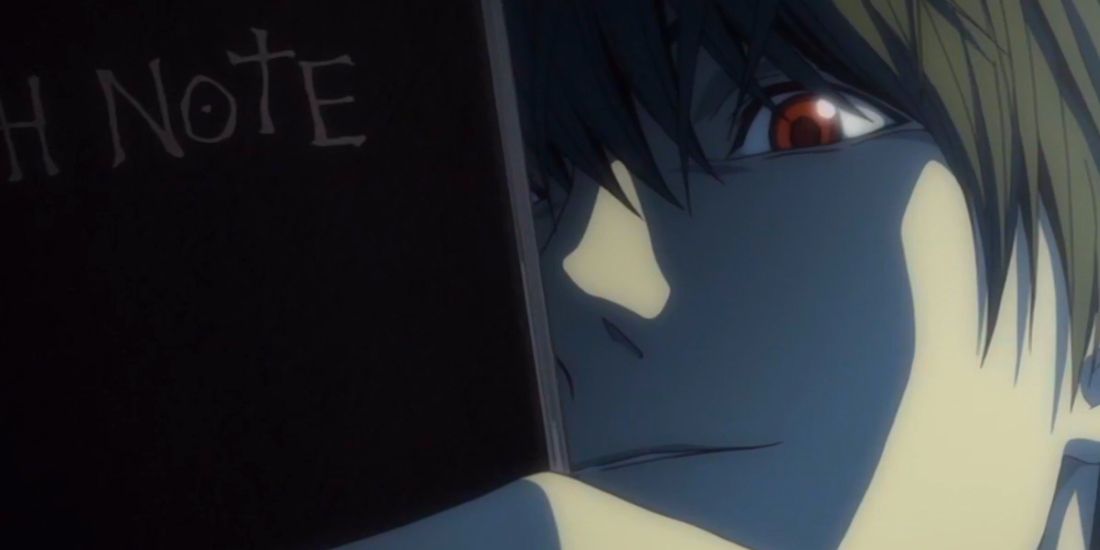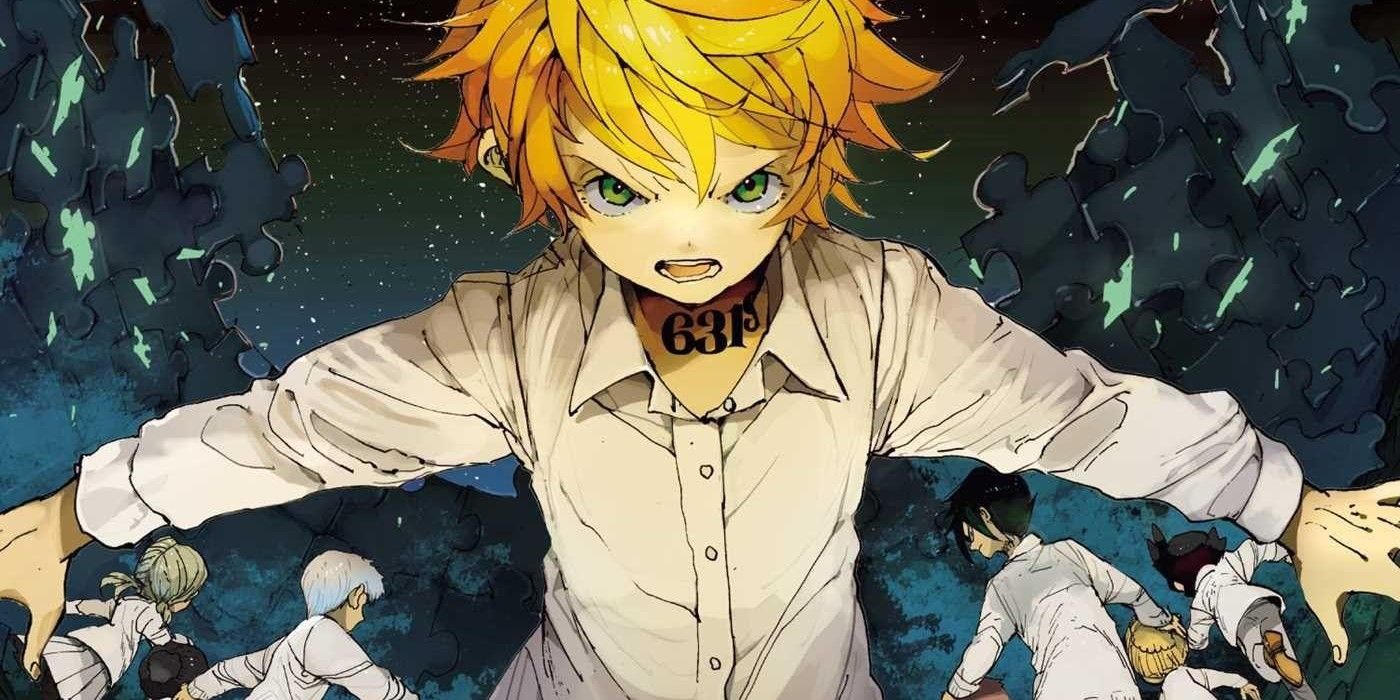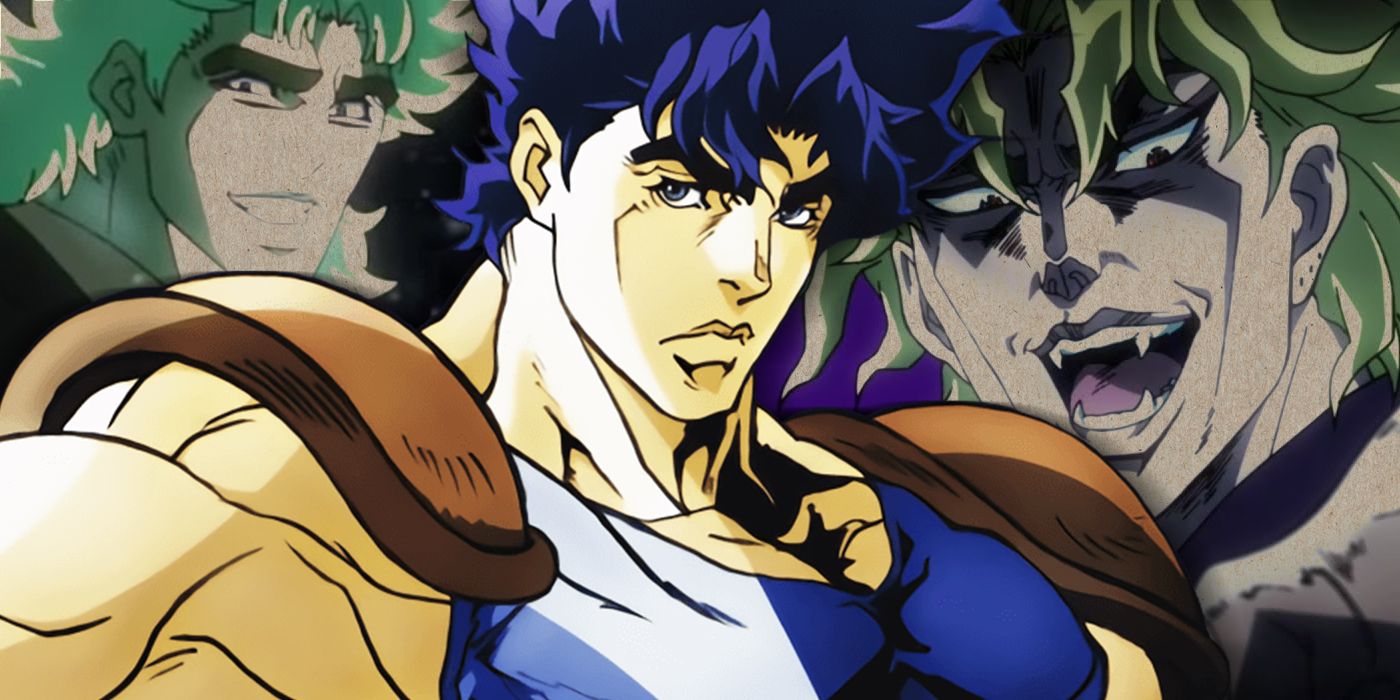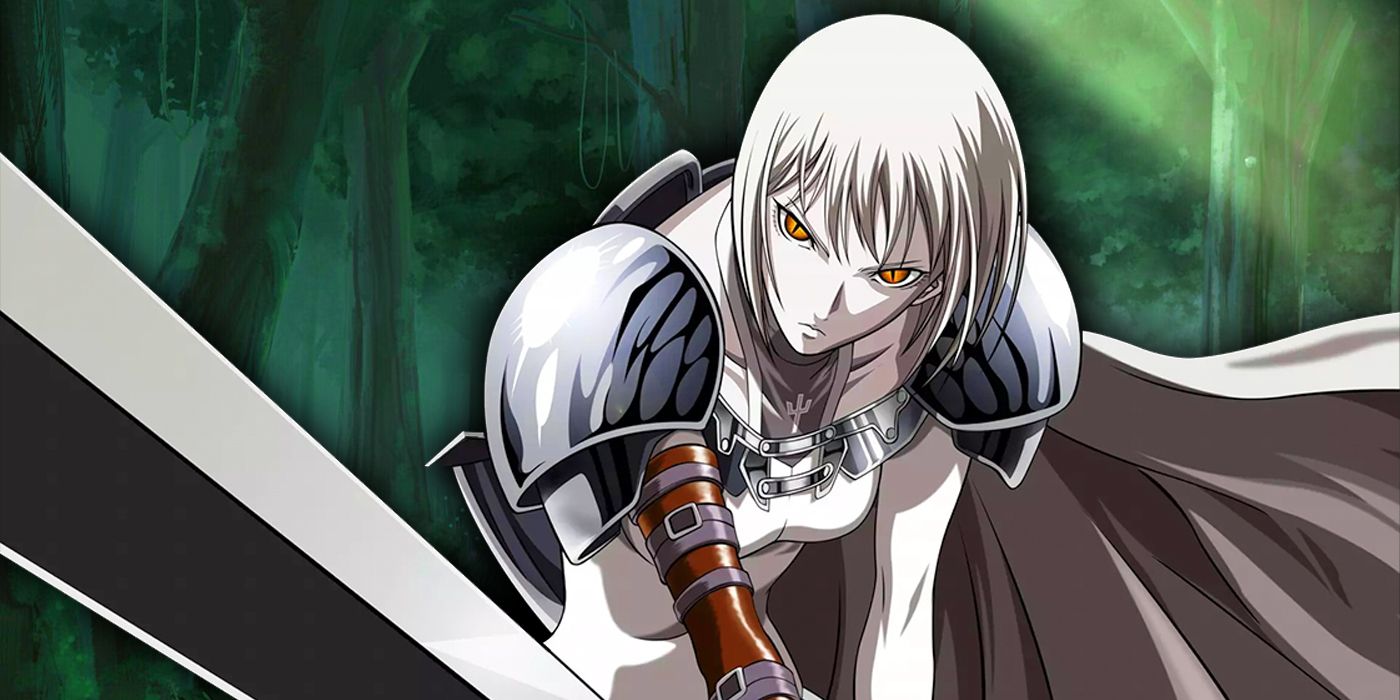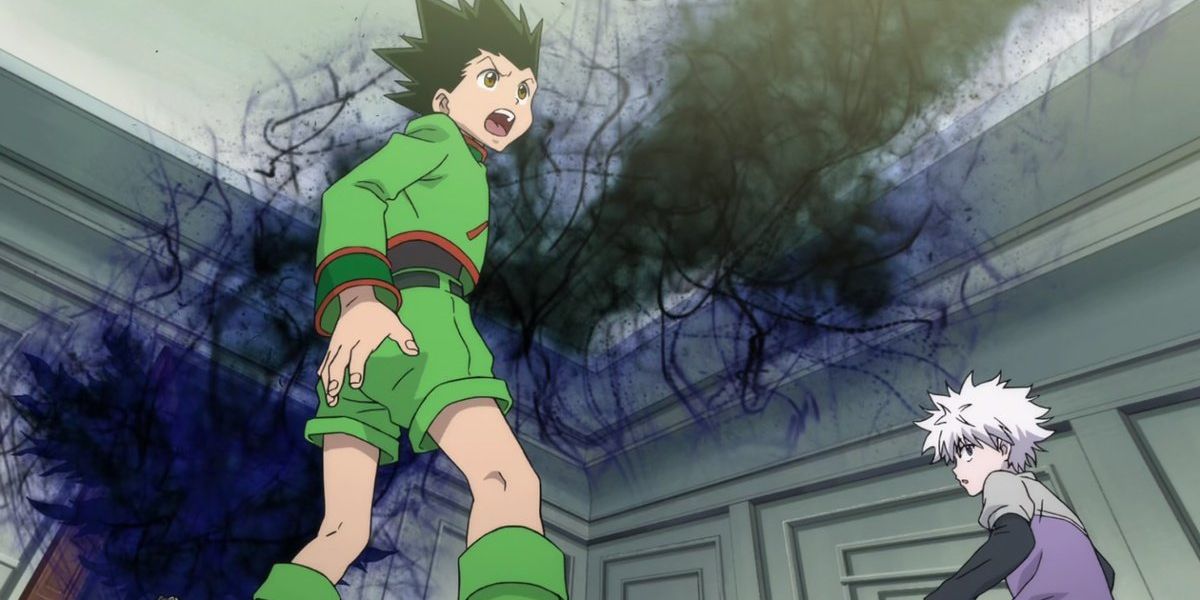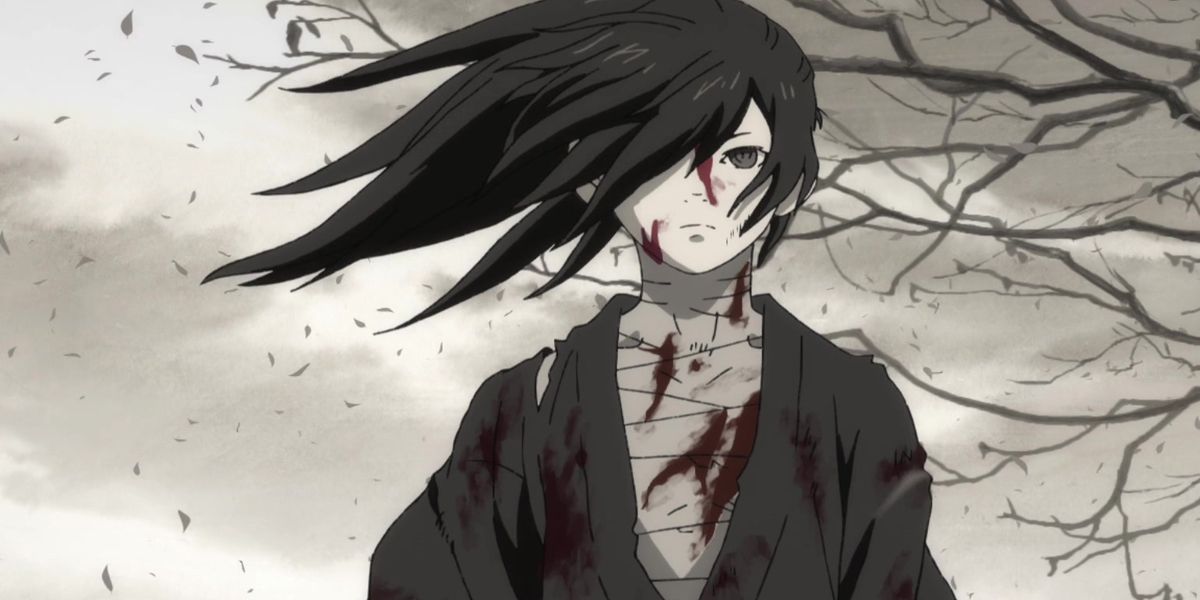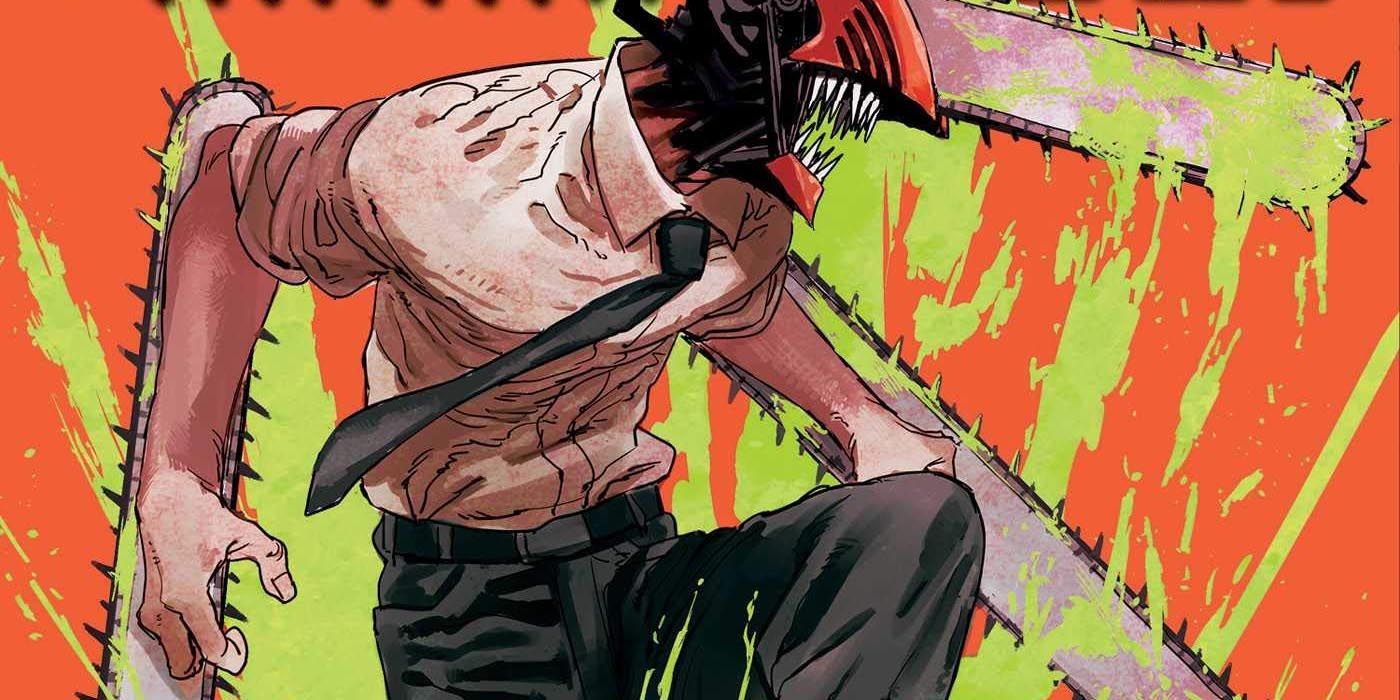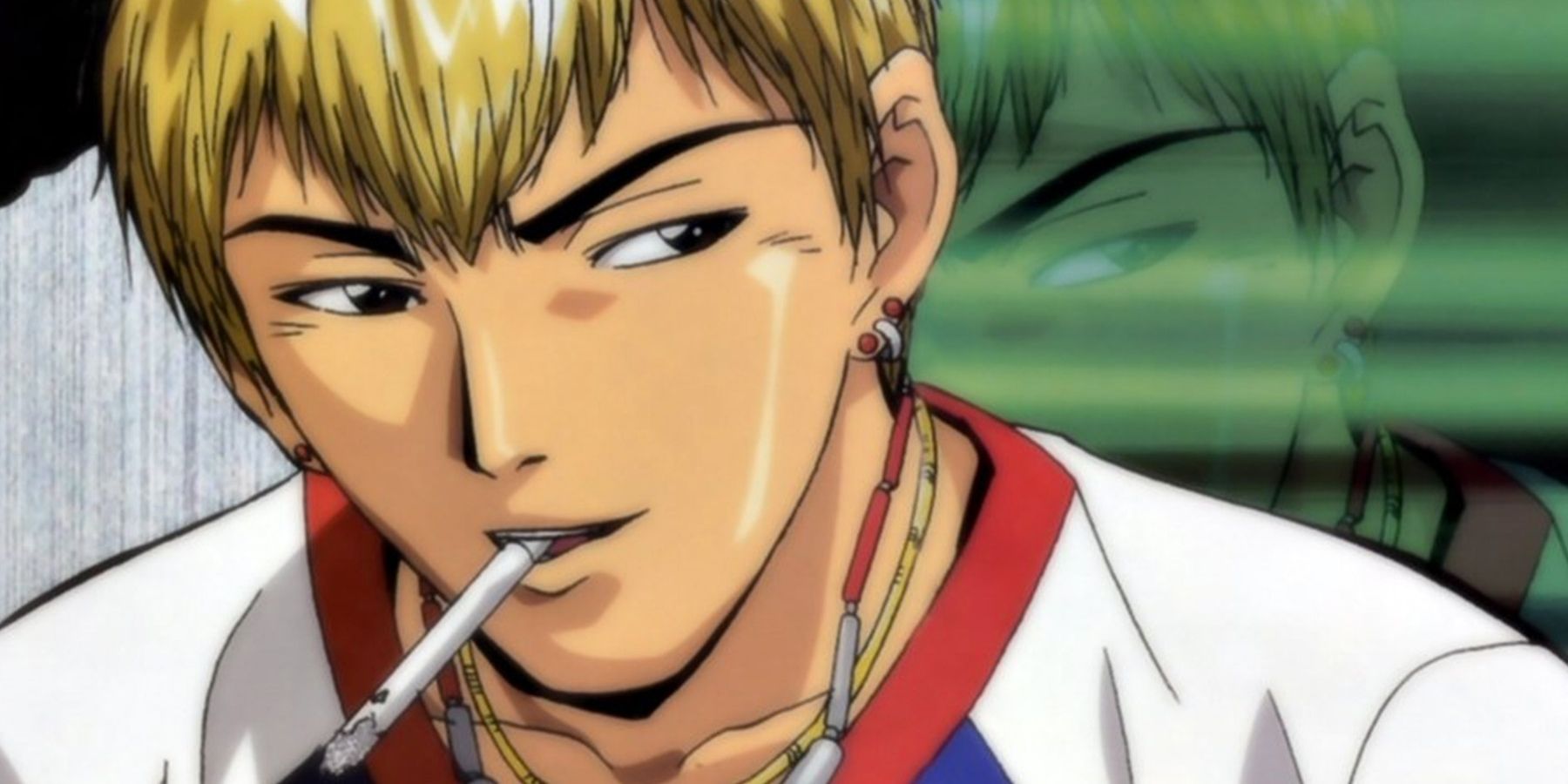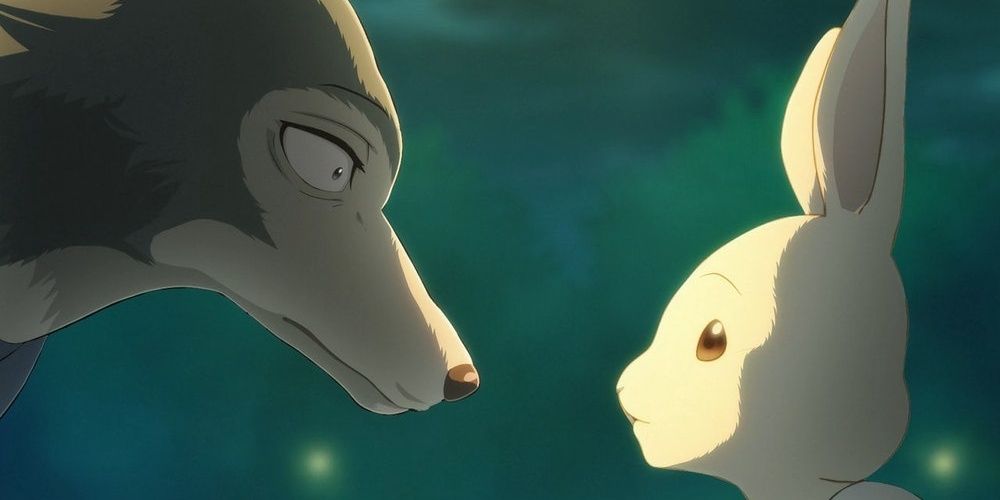Labels like shonen, shojo, seinen, and josei once served a very specific purpose: to describe the target demographic for each manga and subsequent anime. Weekly Shonen Jump was aimed at an audience of young boys, while Weekly Manga Goraku and other seinen magazines were aimed at young adult men. These days, the labels feel more subjective, especially due to the wider audience anime attracts. To top it off, many modern anime aren't based on manga at all, but on visual novels, games, or original writing.
Yet these old labels still persist, and fans find themselves trying to apply them to anime. Often, when an anime series finally airs, fans are surprised to learn that it was adapted from a shonen publication due to the maturity of the content and the themes discussed. The fact is, these labels still help fans discover what they like, and sometimes there's no denying that anime marketed as shonen feel undeniably more adult. In other words, more seinen.
10 Attack on Titan Ushered In An Era Of Darker Shonen
In the past, most violent manga such as Berserk, Parasyte, and Gantz found themselves published in seinen magazines. Attack on Titan, one of the most graphic manga in recent memory, was instead serialized monthly in Bessatsu Shōnen Magazine.
Dismemberment, cannibalism (of a sort), and death have become prevalent themes in recent years, especially in teen fiction. More and more, it seems that what designates a series as shonen is the collective age of the protagonists rather than the content of the story. And perhaps publishers who grew up reading manga realize the truth: teens can handle dark fiction as well as anyone else.
9 Death Note Brought Psychological Horror To Teen Audiences
While shinigami and monsters are nothing new in shonen, during the early 2000s it became apparent that a portion of Shonen Jump's audience was older than it had been in the past. A generation of young adults grew up with the magazine and remained devoted readers. Psychological horror was a logical step forward, especially in the mid-2000s. The true-crime genre was having something of a renaissance, alternative rock had invaded the pop charts, and emo culture was decidedly in. Like any magazine worth its salt, Shonen Jump was simply keeping up with the times when it published Death Note.
8 Children Are Murdered And Eaten In The Promised Neverland
Attack on Titan proved that there were few limits when it came to incorporating horror elements within a shonen publication. Yet somehow, The Promised Neverland proves especially disturbing at times even given this precedent. Attack On Titan's universe is universally violent, but the specificity of violence in Neverland feels decidedly worse. Children, specifically orphans, are victims of a society that cares nothing for them. Perhaps because of this Dickensian drama, The Promised Neverland resonates with adults as well as with younger audiences. The realization that adults can be awful people is a lesson best learned early and often reiterated.
7 JoJo's Bizarre Adventure Has Always Defied Genre Definitions
Even in the 80s, when adult characters were more common in shonen, JoJo's Bizarre Adventure was unabashedly bursting with adult themes. Inspired by classic art, Araki drew his characters with realism in mind in order to give his art a unique feel.
For a series that so heavily incorporates the paranormal, at its heart, JJBA takes a lot of inspiration from classic mystery stories and role-playing games. To say this has always been an unusual approach to publishing shonen is an understatement. Then again, all these misplaced features have helped establish JJBA as the beloved series it is today.
6 Claymore Never Had Shonen Trappings
High fantasy stories have always been extremely popular with teen audiences. The 80s produced its fair share of dark fantasy manga, giving birth to Berserk and Bastard!!!. Just because fantasy is dark doesn't mean it can't feel like shonen. On the contrary.
Claymore isn't just violent, but often slow-paced and esoteric in its themes. Most shonen series tend to have more focus than Claymore and usually feature unambiguous characters with clearer objectives. Clare and the other Claymores kill because they're hired too. Gone are any delusions that a hero should be self-motivated. Gone is a world that shows any signs of improving. How was this ever published in a shonen magazine?
5 Hunter x Hunter is the Most Shonen Thing Ever... Except When It Really Isn't
At a glance, Hunter x Hunter's characters seem to fit in perfectly beside iconic shonen protagonists like Naruto and Luffy. The anime is rife with bright colors and childish designs. Gon is often seen wearing shorts and holding a fishing pole. Surely this is a show about kids, for kids, right?
But HxH has a reputation for taking sudden, inexplicably dark turns. The Chimera Ant Arc exemplifies this tendency like no other. In a single story arc, one character has their brain dissected, an ant queen devours two young children, another character playfully rolls an enemy's dismembered head in their lap, and a minor villain forces two human beings to live on their hands and knees. While Chimera Ant isn't the only arc to go dark, it's a good reminder that newcomers shouldn't assume that bright colors equate a bright story.
4 Dororo Was Shonen Because There Was Nothing Else
Osamu Tezuka's Dororo was written during an era when there simply weren't a lot of manga magazines to choose from. Weekly Shonen Sunday began publication in 1959, in the same era that science fiction and fantasy pulp magazines were often dismissed by the wider public as childish. Masters like Tezuka, working on the other side of the planet, made do with what markets were available. Though Dororo is a story about an abused dismembered warrior and an orphan girl living on the streets, it could only find publication in a shonen magazine.
3 Chainsaw Man Has Broken Boundaries
Weird horror has something of a revival in the past years, with the success of movies like The Lighthouse, Annihilation, and Midsommar. Shonen manga has also gotten weirder, and monstrous protagonists have increasingly become a shonen norm. Even in this evolving landscape, Chainsaw Man is pretty out there. While the anime has only been announced and hasn't yet seen the light of day, the hype for the MAPPA production is already reaching a fever pitch.
The protagonist has a pet chainsaw demon dog and soon transforms into a chainsaw-human hybrid, and that isn't the half of it. The weird violence is so constant that the closest comparable series is Dorohedoro. Chainsaw Man's author, Tatsuki Fujimoto, knew he was pushing boundaries and felt certain a series this dark-humored wouldn't survive in the Shonen Jump market. That the opposite became true suggests no one really knows what shonen is. The only thing that's certain is that people know a good time when they see one.
2 Onizuka Feels Nothing Like Most Protagonists
In recent years, much of the shonen audience has outgrown the adolescent demographic. Just as YA was originally written for teens but is read in large part by adults, shonen has grown broad enough to encompass a wide spectrum of readers.
Great Teacher Onizuka was simply ahead of the curve. Published in Kodansha's weekly shonen magazine between 1997 and 2002, the series features a protagonist in his early twenties who is both a former gangster and a self-professed virgin. A less-than-savory character who smokes and drinks, Onizuka gets into teaching for all the wrong reasons. And yet, like any other shonen, GTO is all about morality and building character, and Onizuka grows a conscience pretty early on.
1 Beastars is Definitely NOT Zootopia
Interspecial romance between a pacifistic wolf and a promiscuous rabbit doesn't necessarily sound like a kid-friendly premise. Beastars is divisive not just because it features anthropomorphic characters, but also because it embraces decidedly mature themes.
Then again, is there anything more suitable for a curious teen audience? Teens are interested in violence and sex in the confusion of growing up. Why shouldn't shonen manga address these points within a creative framework? It's a mistake to assume shonen readers are naive in any sense of the word. Beastars will never be a show for everyone, but for some teens out there, it's exactly what they were looking for.


